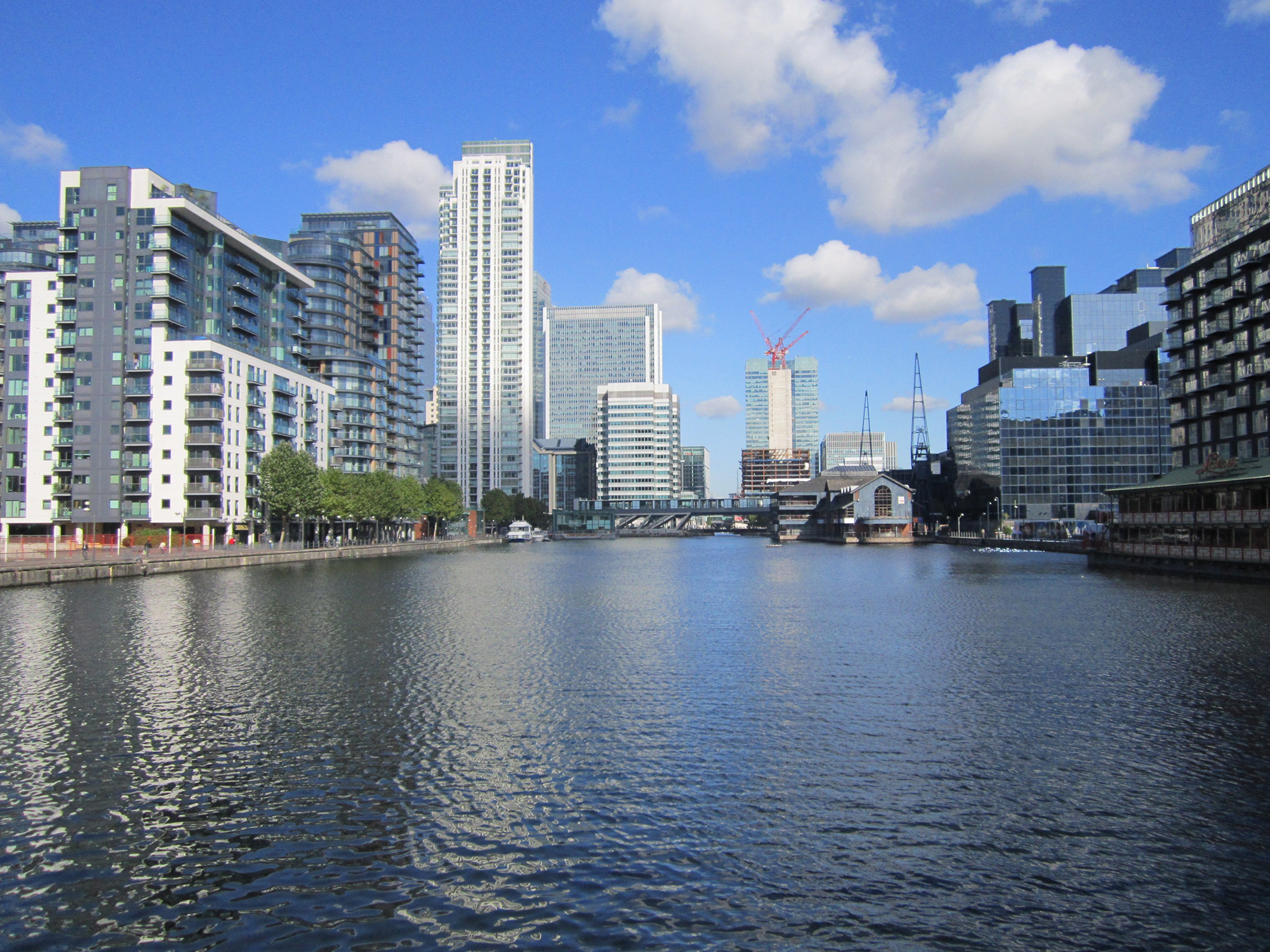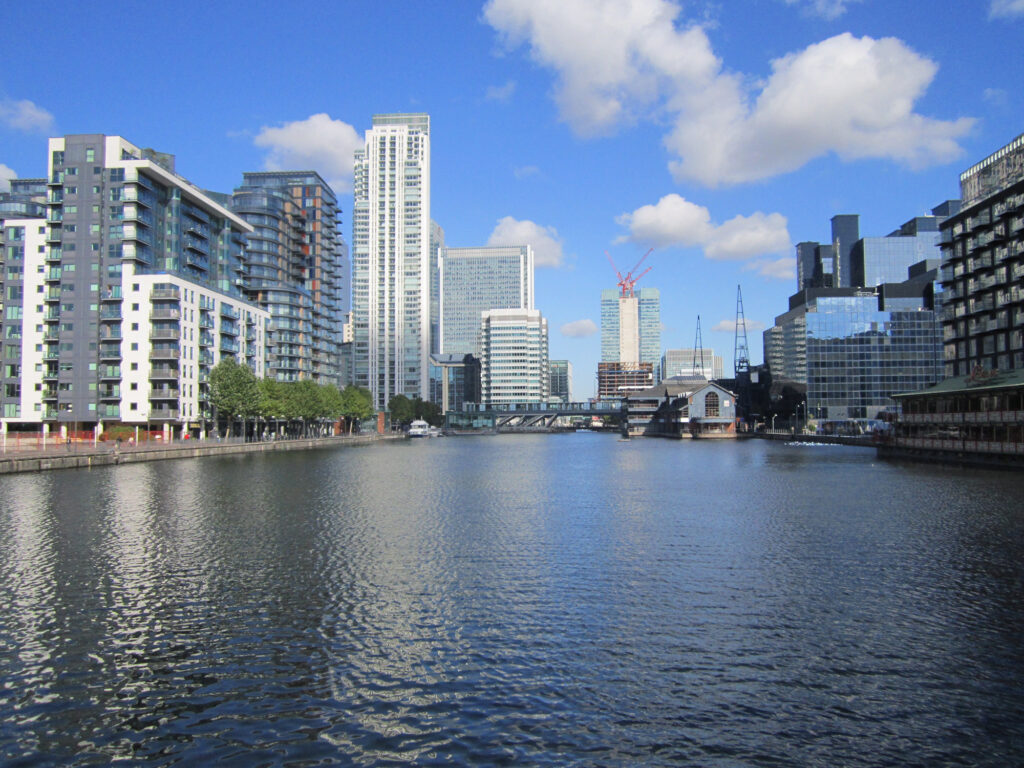
The availability of mobile phones in the UK is of common knowledge, and we have a growing need to stay connected to the internet, whether we be at home, at work, or on the move. Our dependency and use of mobile phones vary by demographic.
More than 95% of UK households own a mobile phone, which is somewhat surprising when compared with the turn of the century, when less than half of all households in the UK reported to owning a mobile phone. 17% of people owned a smartphone a decade ago, which has increased to 78% now, and 95% among 16-24-year olds.

The problem – poor in-building mobile coverage
Research shows circa 80% of mobile phone usage is consumed indoors, and it’s common knowledge that nearly one-third of mobile users suffer poor or no indoor reception at home. According to a recent survey, one in five mobile calls made at home are patchy – where the audio cuts in and out, while one in six are prone to cutting out completely.
Rural residents suffer significantly with poor mobile coverage, and it’s estimated only 41% of rural properties receive what can be viewed as ‘good’ mobile coverage, and in some areas, there is no coverage at all.
Similarly effected residents are those within large residential developments, where the propagation of mobile phone signals into, out of and through the building are impeded by modern construction materials, such as brick, steel, metallised double glazing and foil-backed plasterboard, to name a few. This is known as ‘building loss’, and different materials will exhibit different levels of building loss at different frequencies. The problem will be exacerbated as Mobile Network Operators make use of higher frequencies at part of the 5G network roll out.
The solution - in-building mobile coverage
Organisations, such as ours, work with private residents and the property sector to create robust solutions to improve the mobile coverage in residential buildings.
Just as no two buildings are the same, no two solutions are the same, and careful consideration needs to be applied throughout the design and installation phase ensuring the most appropriate technologies are deployed to improve mobile phone signal.
This can include:
Residential Mobile Signal Boosters
Also known as repeaters, signal boosters amplify the available signal. A booster takes the weak mobile signal and amplifies it up to 32 times, rebroadcasting the new stronger signal across the residential building. Buy our selection of plug and play mobile phone signal boosters.
Small Cell/Femto Installations in Homes
Small cells are essentially low powered wireless access points, providing cellular and Wi-Fi services. Small cells provide discrete coverage and can be deployed alone or as a network of cells.
DAS for Large Residential Spaces
DAS stands for Distributed Antenna System and is a point-to-multipoint solution, meaning multiple mobile phone networks are supported. DAS creates a single large cell, improving mobile coverage throughout the residential building, from one solution, regardless of the end user’s network.
Whatever the solution, there’s no question that property owners must get this right. In a recent questionnaire, nearly half of respondents said they ‘would reconsider renting or buying a house if they knew the mobile coverage would be poor’
Why not book a FREE desktop analysis. We will provide indicative costings for the most appropriate solution for your building. Email enquiries@netcs.co.uk or call 01276 854440.
